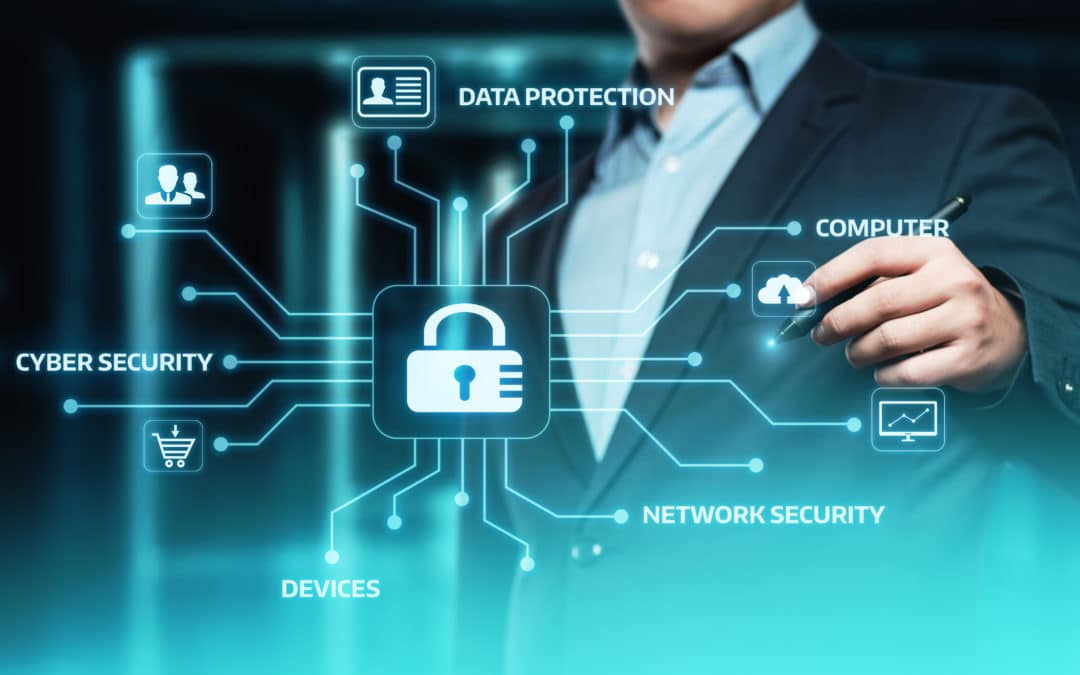
Security policies often seem airtight—until an audit reveals the gaps. Businesses handling controlled unclassified information (CUI) must ensure their cybersecurity measures align with CMMC compliance requirements. Without proper safeguards in place, they risk security breaches, compliance failures, and costly penalties.
Common Policy Gaps That Could Jeopardize CMMC Compliance
Many organizations believe their security policies meet CMMC requirements, but hidden gaps often go unnoticed. One of the most common issues is failing to map existing policies to CMMC level 1 requirements and beyond. Policies may address general security practices but lack clear procedures for access control, incident response, and risk management. Without direct alignment to CMMC compliance requirements, these gaps could lead to non-compliance during an audit.
Another frequent shortcoming is the absence of enforcement mechanisms. Even the best-written policies are ineffective if employees don’t follow them. A lack of accountability or inconsistent enforcement creates vulnerabilities that cyber threats can exploit. Organizations should conduct internal assessments, update their policies regularly, and train employees to ensure compliance at all levels. Simply having policies in place isn’t enough—businesses must actively implement and monitor them to prevent security oversights.
Key Security Controls That Determine Compliance Success
Meeting CMMC compliance requirements depends on implementing the right security controls. At the foundation, CMMC level 1 requirements focus on basic cybersecurity hygiene, such as protecting user credentials and limiting system access. However, as businesses move to CMMC level 2 requirements and beyond, more advanced controls become necessary, including continuous monitoring, encrypted communications, and multi-factor authentication.
Data protection measures play a critical role in compliance success. Encryption, secure backups, and controlled access to sensitive information help prevent unauthorized access or data leaks. Additionally, network segmentation and endpoint security measures reduce exposure to cyberattacks. Companies that fail to implement these controls increase their risk of security breaches and non-compliance penalties. To ensure success, security teams must assess current security controls, identify gaps, and strengthen protections accordingly.
Access Management Standards That Must Be in Place for CMMC Alignment
Unauthorized access remains one of the biggest risks to compliance. Strong access management policies are essential to meeting CMMC requirements, especially at higher certification levels. Businesses must implement strict user authentication methods, limit access to sensitive data, and ensure only authorized personnel interact with controlled information.
One key aspect of access management is role-based access control (RBAC). This approach grants permissions based on job responsibilities, reducing the risk of unauthorized access. Additionally, organizations should enforce multi-factor authentication (MFA) to add an extra layer of security. Regularly reviewing and updating user access ensures that former employees or unauthorized users do not retain system privileges. Strong access controls not only enhance security but also demonstrate compliance with CMMC standards.
Critical Documentation Requirements That Auditors Look For
Compliance is not just about security measures—it’s also about proving they exist. Auditors reviewing CMMC compliance requirements will expect detailed documentation of policies, procedures, and risk assessments. Organizations without proper records may struggle to demonstrate compliance, even if they have strong security controls in place.
Key documents include system security plans (SSPs), incident response plans, and records of employee security training. Businesses should also maintain logs of system changes, access controls, and security assessments. Without thorough documentation, an audit can expose compliance gaps that could have been avoided. Keeping records updated and accessible ensures businesses can quickly provide evidence of compliance when needed.
The Role of Continuous Monitoring in Maintaining Compliance
Security threats evolve constantly, making continuous monitoring a critical component of maintaining CMMC compliance requirements. Businesses that rely on periodic security assessments risk missing emerging vulnerabilities. Continuous monitoring ensures that security measures remain effective and that any new threats are identified before they cause damage.
Real-time monitoring tools detect unauthorized access attempts, unusual data transfers, and system vulnerabilities. These tools provide instant alerts, allowing security teams to respond quickly and prevent potential breaches. Continuous security assessments, combined with automated threat detection, create a proactive security posture that aligns with CMMC compliance requirements. Instead of reacting to threats after they occur, businesses can prevent incidents before they escalate.
Vendor and Supply Chain Risks That Impact CMMC Policy Alignment
A business’s cybersecurity policies are only as strong as its weakest link, and that includes vendors and third-party suppliers. Many organizations fail to consider supply chain risks when addressing CMMC compliance requirements. If vendors lack proper security controls, they can introduce vulnerabilities that compromise an organization’s data security.
To mitigate these risks, businesses should require vendors to meet the same CMMC level 1 or CMMC level 2 requirements they follow. Supply chain risk management policies should include contractual security obligations, regular audits, and access restrictions for third parties. Organizations must also ensure that vendors do not have unnecessary access to critical systems or sensitive data. Strengthening supply chain security protects against indirect threats that could undermine compliance efforts.
Steps to Strengthen Cybersecurity Policies for Long-Term Compliance
Achieving CMMC compliance isn’t just about passing an audit—it requires ongoing commitment to security. Strengthening cybersecurity policies for long-term compliance means businesses must regularly review, update, and enforce security measures. This starts with conducting risk assessments to identify potential weaknesses and updating policies to address evolving threats.
Security awareness training is equally important. Employees play a significant role in maintaining compliance, and they must understand security policies, recognize threats, and follow proper procedures. Regular training ensures that everyone remains informed and that security practices become second nature. Additionally, businesses should implement automated security tools to help enforce policies, detect vulnerabilities, and prevent human errors. Strong cybersecurity policies require continuous effort, but with the right strategies, organizations can maintain compliance and protect their sensitive data from cyber threats.
